Top 5 Financial Planning Tools for Small Businesses
Financial management is a cornerstone of success for small businesses, playing a critical role in sustaining growth and navigating the financial complexities of today’s market. For small business owners, effective financial planning means more than just budgeting—it’s about accurately forecasting revenue, managing expenses, understanding cash flow, and making informed, data-driven decisions. With numerous financial planning tools available, choosing the right one is essential to simplifying these processes, improving financial insights, and ultimately fostering business success. This article explores five top-tier financial planning tools that cater to the unique needs of small businesses, outlining their features, benefits, pricing, and use cases to guide you in selecting the best fit for your business.
1. QuickBooks Online
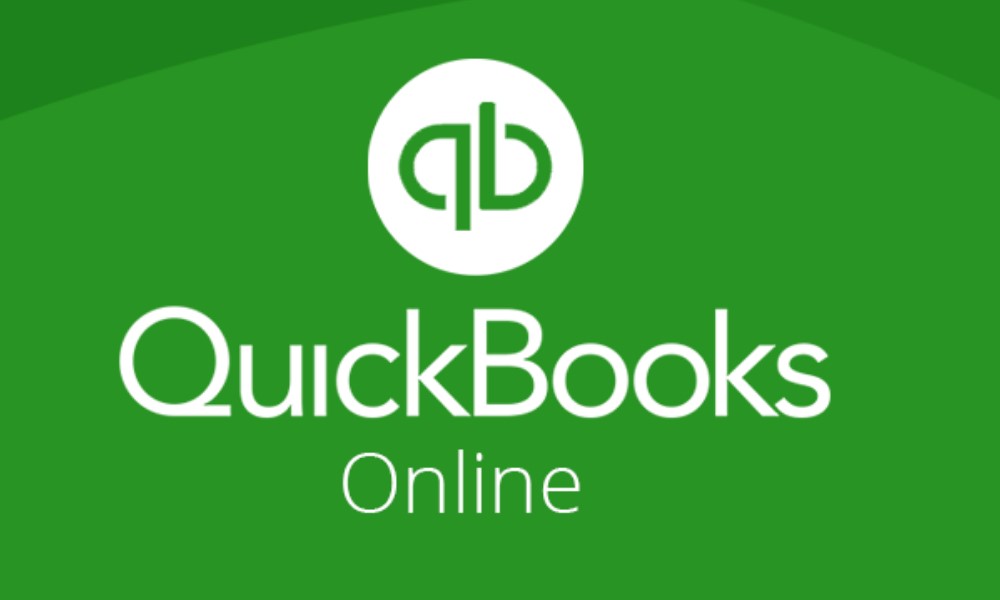
QuickBooks Online is a powerful and widely trusted financial planning tool designed specifically to serve the needs of small businesses. Known for its extensive features, QuickBooks Online streamlines key financial tasks such as budgeting, forecasting, expense tracking, and invoicing, providing small business owners with a comprehensive view of their financial health.
Key Features:
- Budgeting and Forecasting: QuickBooks Online provides dynamic tools for budgeting, allowing users to create and manage budgets tailored to their business. The forecasting capabilities enable small business owners to project future revenue and expenses based on current financial data.
- Expense Tracking and Categorization: QuickBooks automatically tracks and categorizes expenses, making it easier to understand where money is being spent and identify areas where costs can be cut or optimized.
- Invoicing and Payments: This tool also includes invoicing and billing features that streamline the payment process. Business owners can create and send invoices directly from QuickBooks, with automated reminders to ensure timely payments.
Benefits of Using QuickBooks Online:
QuickBooks Online significantly reduces the time and effort needed to handle daily financial tasks, allowing business owners to focus on growth and customer service. Its real-time data updates provide accurate insights, which are crucial for proactive financial management. Additionally, its robust reporting functions facilitate detailed financial analysis, enabling small business owners to make informed, strategic decisions.
Use Case:
For small business owners who frequently invoice clients or track expenses closely, QuickBooks Online offers a straightforward, effective solution. It addresses common challenges such as manual invoicing, overlooked expenses, and limited insights into financial trends by providing automated, real-time data management.
Pros:
- Comprehensive budgeting, forecasting, and reporting tools.
- Integration with various business applications.
- Scalable plans to support business growth.
Cons:
- Monthly subscription costs can add up for businesses with smaller budgets.
- May require a learning curve for advanced features.
Price: Starts at $30 per month
Where to Buy:
<a href=”https://quickbooks.intuit.com/” target=”_blank” class=”buy-button”>QuickBooks Online Official Site</a>
2. Xero
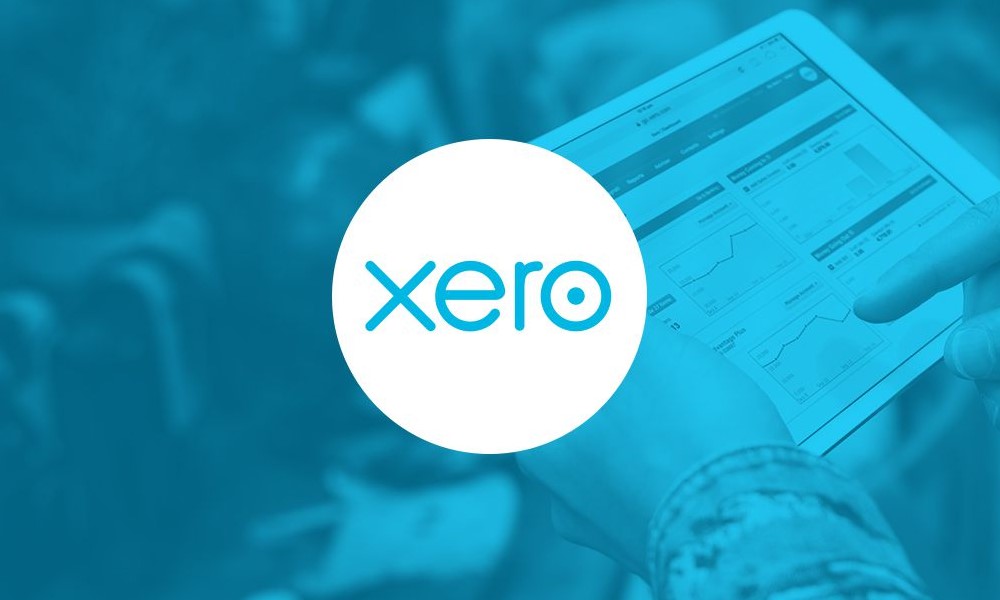
Xero is a user-friendly accounting and financial planning tool tailored for small business owners. Its focus on intuitive design and seamless integration with other tools makes it a go-to choice for businesses aiming for streamlined financial management without the complexity of traditional accounting software.
Key Features:
- Bank Reconciliation: Xero allows users to link their bank accounts, simplifying transaction reconciliation and providing real-time visibility into cash flow.
- Expense and Invoice Management: Xero offers tools for managing both expenses and invoicing, allowing small businesses to track spending and invoice customers effortlessly.
- Project and Financial Performance Tracking: Xero’s project tracking features enable businesses to monitor costs and profitability on a project-by-project basis, providing valuable insights into the financial performance of specific projects.
Benefits of Using Xero:
Xero’s integration-friendly platform allows users to connect with numerous third-party applications, facilitating a smoother workflow. The tool’s accessibility and ease of use make it a valuable asset for small business owners who may not have extensive accounting knowledge but still need comprehensive financial oversight.
Use Case:
Xero is an excellent option for small businesses that handle multiple projects or track performance metrics closely. For instance, a service-based company could use Xero to monitor project budgets and profitability, ensuring optimal resource allocation.
Pros:
- Real-time updates and seamless bank integration.
- Detailed project tracking capabilities.
- Flexible pricing plans to accommodate business needs.
Cons:
- Basic plan lacks some advanced reporting and forecasting tools.
- May not provide as detailed reporting options as some other solutions.
Price: Starts at $13 per month
Where to Buy:
<a href=”https://www.xero.com/” target=”_blank” class=”buy-button”>Xero Official Site</a>
3. FreshBooks
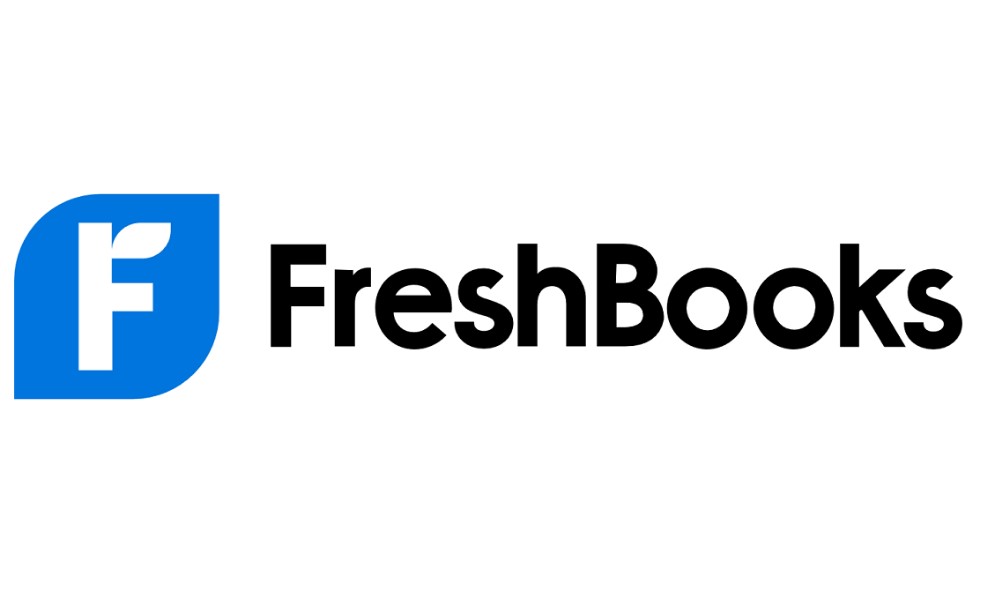
FreshBooks is a financial planning tool tailored primarily for freelancers and service-based small businesses. Known for its simplicity and effectiveness, FreshBooks combines invoicing, expense tracking, and time tracking to make financial management a breeze for users with less complex accounting needs.
Key Features:
- Customizable Invoicing: FreshBooks provides customizable invoicing options, enabling users to create professional invoices with their branding, itemized details, and automated payment reminders.
- Expense Tracking: Expenses can be recorded and categorized easily, helping businesses maintain an organized record of their spending.
- Time Tracking for Billing: For businesses that bill by the hour, FreshBooks’ integrated time-tracking tool ensures accurate invoicing based on time spent on projects.
Benefits of Using FreshBooks:
FreshBooks saves time and improves accuracy in financial tasks, particularly invoicing. Its automated reminders ensure that clients are prompted to pay on time, and the time-tracking feature aids in accurate billing for project-based work. The interface is user-friendly, making it a good fit for business owners who prefer simplicity.
Use Case:
FreshBooks is ideal for freelancers and consultants who need an easy-to-use platform for invoicing and expense management. For example, a freelance designer can use FreshBooks to manage multiple client projects, track hours worked, and invoice clients accurately.
Pros:
- Simple, intuitive interface suitable for small business owners.
- Excellent customer support and guidance.
- Effective for project-based and service-oriented businesses.
Cons:
- Limited advanced financial planning capabilities.
- In-depth financial reports may be less robust.
Price: Starts at $15 per month
Where to Buy:
<a href=”https://www.freshbooks.com/” target=”_blank” class=”buy-button”>FreshBooks Official Site</a>
4. Wave
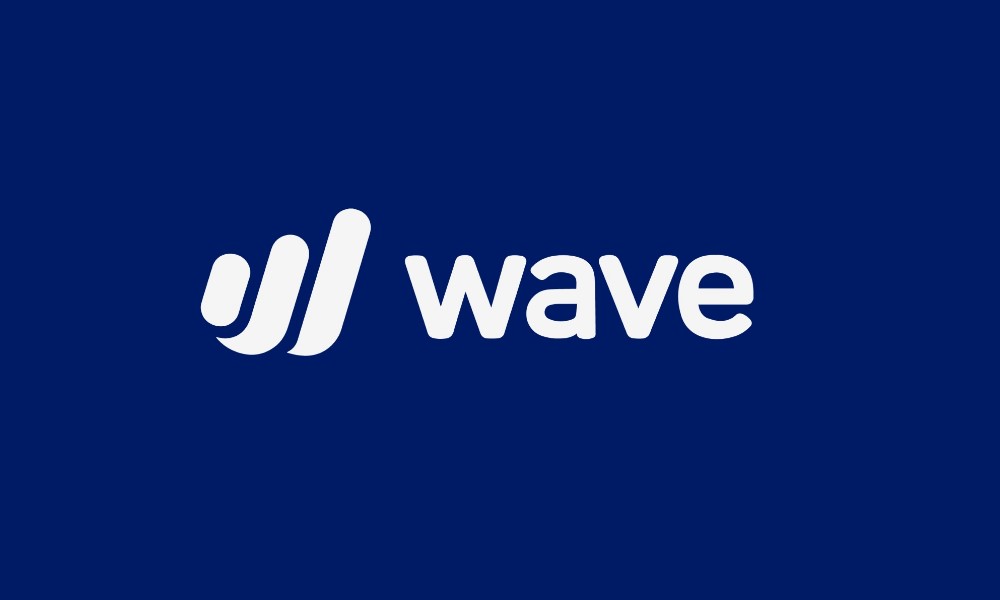
Wave is a unique tool in the financial planning landscape, as it provides many essential features at no cost. Perfect for startups and very small businesses, Wave covers the basics of income tracking, invoicing, and expense management without a subscription fee, making it an affordable choice.
Key Features:
- Income and Expense Management: Wave helps small businesses manage cash flow by tracking income and expenses in real time.
- Professional Invoicing: The tool allows users to create professional invoices, customize templates, and send them directly to clients.
- Financial Reports: Wave includes basic reporting tools, helping businesses generate balance sheets and profit-and-loss statements for budgeting and forecasting.
Benefits of Using Wave:
Wave is one of the most cost-effective solutions available, as it offers core financial tools without a monthly fee. This makes it accessible for businesses with limited budgets that still require reliable financial management capabilities. The tool’s easy-to-use design further simplifies financial tasks.
Use Case:
Wave is perfect for startups, solopreneurs, and very small businesses that need to manage invoicing and track expenses but don’t require advanced budgeting and forecasting tools. A small business, such as a one-person graphic design studio, could benefit from Wave’s free invoicing and expense tracking capabilities.
Pros:
- Free access to fundamental financial planning features.
- User-friendly interface with quick setup.
- Ideal for very small businesses and startups.
Cons:
- Limited integration with external applications.
- Advanced features are only available with paid add-ons.
Price: Free with optional paid add-ons for payment processing.
Where to Buy:
<a href=”https://www.waveapps.com/” target=”_blank” class=”buy-button”>Wave Official Site</a>
5. Zoho Books
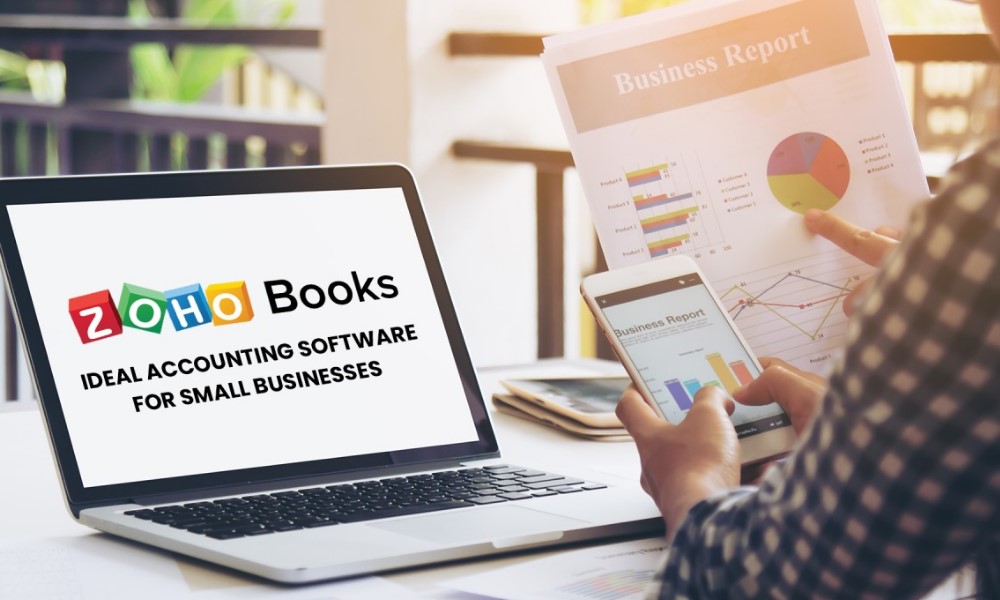
Zoho Books is part of the Zoho suite of business applications, providing comprehensive financial management tools for small businesses. This tool is particularly useful for businesses needing detailed accounting, inventory management, and financial reporting capabilities.
Key Features:
- Financial Reports and Analytics: Zoho Books includes a wide array of customizable financial reports that provide insights into performance and help with decision-making.
- Inventory Management: Zoho Books allows users to manage inventory efficiently, tracking product levels and helping avoid stockouts or excess inventory.
- Automated Invoicing and Payment Tracking: The tool offers automated invoicing options, which help save time and keep payment cycles consistent.
Benefits of Using Zoho Books:
Zoho Books is an ideal tool for small businesses that sell physical products, as it includes inventory tracking. Its integration with other Zoho products makes it a versatile choice for businesses looking to manage multiple aspects of operations from a single platform.
Use Case:
Zoho Books is well-suited for product-based small businesses that need to track inventory levels alongside financials. For instance, a small e-commerce business could use Zoho Books to manage inventory, track orders, and generate financial reports for better insights into performance.
Pros:
- Detailed inventory management and reporting capabilities.
- Affordable plans with extensive features.
- Integration with the broader Zoho suite for business management.
Cons:
- Limited payment options compared to some competitors.
- May require a learning curve for new users.
Price: Starts at $15 per month
Where to Buy:
<a href=”https://www.zoho.com/books/” target=”_blank” class=”buy-button”>Zoho Books Official Site</a>
Comparison of Top Financial Planning Tools for Small Businesses
Each of these financial planning tools has strengths in different areas. QuickBooks Online and Xero offer robust budgeting and forecasting features, making them ideal for service-oriented businesses. Wave, on the other hand, provides essential financial planning tools for free, which can be highly advantageous for startups. FreshBooks stands out for freelancers needing efficient invoicing, while Zoho Books offers specialized features for product-based businesses needing inventory management.
Key Features of Financial Planning for Small Businesses
Budgeting and Forecasting
Budgeting and forecasting are essential for small businesses to set financial goals, allocate resources efficiently, and prepare for future growth. Financial planning tools simplify these processes by providing automated budgeting and forecasting features, allowing business owners to create, track, and adjust budgets in real time. This feature helps businesses compare actual spending against planned budgets, enabling proactive adjustments and improved financial discipline.
Expense Tracking and Management
For small businesses, closely monitoring expenses is crucial to maintaining profitability and controlling costs. Financial planning tools offer expense tracking capabilities that categorize and record expenses automatically, providing a clear picture of spending patterns. This feature links directly with bank accounts to streamline data collection, allowing small business owners to identify cost-saving opportunities and optimize spending with minimal manual effort.
Cash Flow Management
Effective cash flow management is critical to the survival and growth of small businesses. Financial planning tools provide cash flow tracking features that display real-time inflows and outflows, helping business owners manage payments and receivables efficiently. These tools generate detailed cash flow reports, which are valuable for understanding seasonal cash needs, avoiding shortages, and making timely financial decisions.
Invoicing and Payment Processing
Streamlining invoicing and payments is essential for maintaining a steady cash flow. Financial planning tools simplify this process by allowing businesses to automate invoice generation, customize templates, and send invoices directly to clients. Integrated payment processing features enable businesses to accept payments through the tool, reducing delays and making collections more efficient. Additionally, automated reminders encourage timely payments, improving the business’s cash flow.
Financial Reporting and Analytics
Financial reporting and analytics are fundamental for tracking performance, assessing profitability, and identifying growth areas. Many financial planning tools offer a suite of reporting features, including revenue, expense, and profit margin reports. Customizable templates let small businesses focus on specific metrics that align with their objectives, making it easier to make informed, data-driven decisions.
Integration and Scalability
Small businesses often use multiple applications, such as payroll systems and customer relationship management (CRM) tools. Financial planning tools that integrate with these applications help streamline workflows by syncing data across platforms. Scalability is also a crucial feature, as it allows the tool to grow alongside the business, supporting more users, data, and features as needed. This adaptability ensures that the tool remains useful as the business expands, providing consistent financial oversight at every stage.
FAQ
Q1: What is the best financial planning tool for freelancers?
FreshBooks is well-suited for freelancers and consultants due to its intuitive invoicing and time-tracking features, which make billing clients straightforward and accurate.
Q2: Are there free financial planning tools available?
Yes, Wave offers a free option with essential financial tools like invoicing and expense tracking, making it a practical choice for very small businesses or startups with limited budgets.
Q3: Do these tools integrate with other business applications?
Yes, several tools, such as QuickBooks Online, Xero, and Zoho Books, support integrations with popular business applications, helping streamline financial tasks and improve data accessibility.






